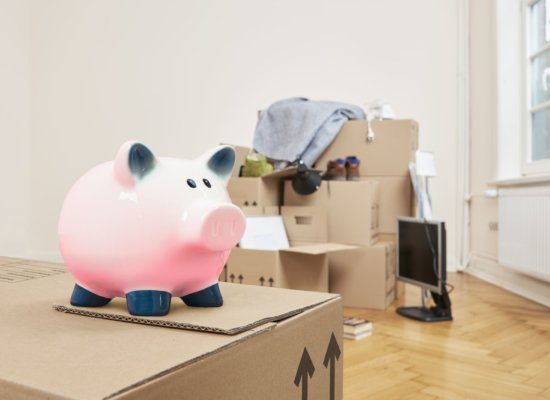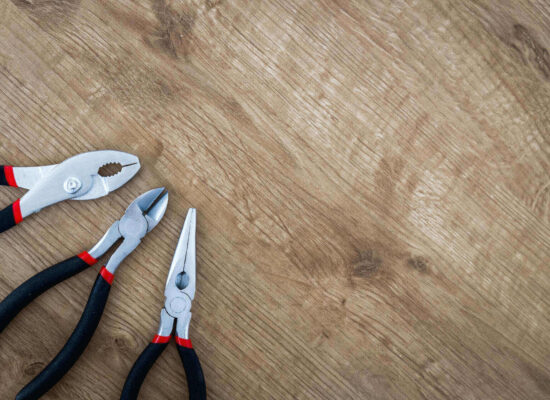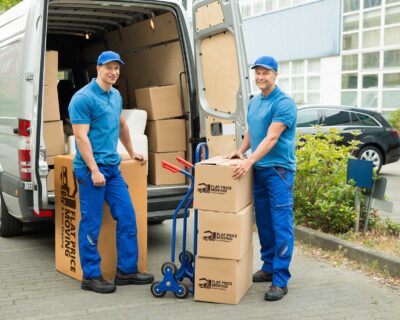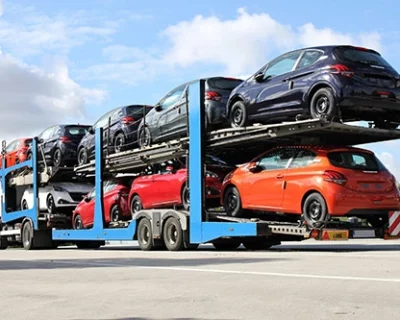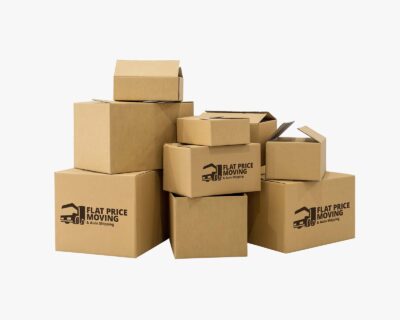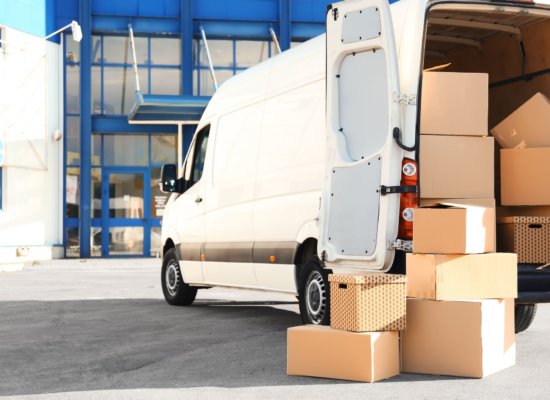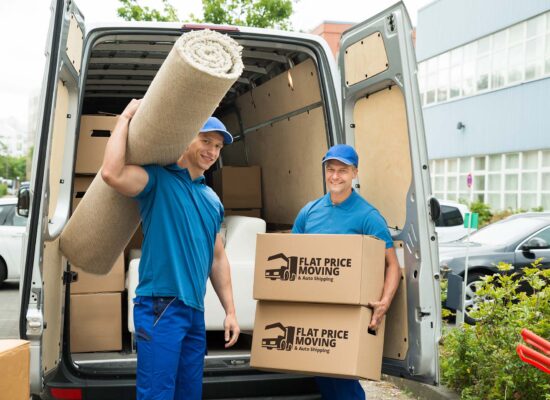How to Pack Coffee Maker for a Move Across the US
Embarking on a cross-country move and wondering how to pack a coffee maker securely? You’re in good company. With Americans sipping on 400 million coffee cups daily, ensuring your beloved brewer’s safe arrival is essential. Let’s face it, we all need that caffeine fix to fuel our day. So, let’s dive into making this journey as smooth as your morning espresso.
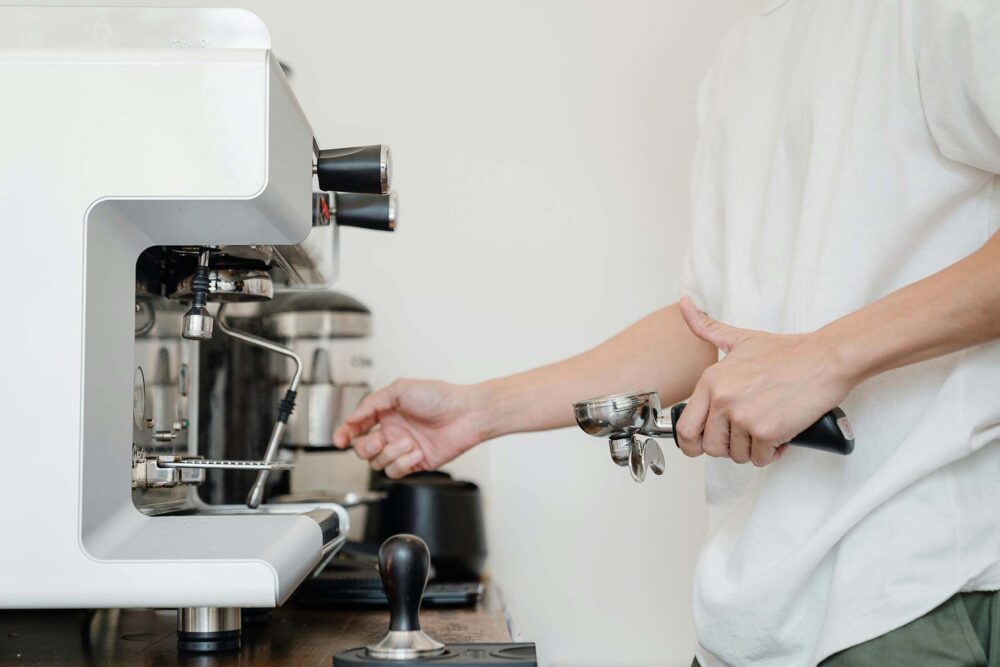
How to Pack Coffee Maker – All You Should Know
To relocate effortlessly with your beloved coffee maker, mastering secure packing techniques is key to avoiding relocation mistakes.
Start by thoroughly cleaning and drying your belongings to ensure it’s in pristine condition.
Disassemble any removable parts like the carafe and filter basket.
Wrap fragile components individually in bubble wrap and secure them with tape.
Choose a sturdy box slightly larger than the appliance and line it with a generous layer of cushioning material. Place the main unit in the center, surround it with cushioned wrapped parts, and fill any gaps with additional packing peanuts or crumpled paper for stability. Sealing the box securely will ensure your coffee maker arrives ready to brew the perfect cup right away.
However, if you want to avoid all the trouble, the easiest way to handle the relocation of all of your kitchen items and valuable appliances is to hire professionals. That’s where booking Flat Price Auto Transport and Moving is the answer. We are a one-stop shop for all of your relocation needs.
Prepare the Cherished Coffee Maker for the Journey
Pre-move appliance preparation is essential in the moving process, especially when deciding what to get rid of and what’s worth keeping. Evaluating the condition and value of your coffee maker is crucial. If it’s a high-end model or holds sentimental value, it’s likely worth the effort to transport.
Take into account factors like age, functionality, and replacement cost. Most people own single-serve coffee makers, and their prices range from 3,000 to 8,000 dollars. So, do you still want to hang on to the old or make room for the new?
Clean It and Carry Out a Quick Maintenance Check
As part of the move-out cleaning tasks, giving your coffee maker a thorough clean is vital. Start by decalcifying it with a vinegar solution to remove any built-up mineral deposits. Then, wash all removable parts with warm, soapy water. Finally, dry everything thoroughly to prevent mold growth during transit.
Bear in mind, don’t pack anything that is dusty or dirty beyond recognition since you should see existing scratches and dents before the move. The only way to see any damage upon receiving the transported box is if the appliance is clean. This not only helps in keeping your belongings in top condition but also allows for a fresh start in your new space.
Disassemble the Machine
Carefully disassemble it, focusing on parts that are easily removable or particularly fragile. This includes the carafe, filter basket, and any other detachable components. Wrap these pieces individually to protect them.
Also, by doing a home inventory and identifying which parts of the machine need special attention, you make the relocation less stressful. Revert to the manufacturer’s manual to collect removable parts.

Choose High-Quality Packaging Materials
When packing a coffee maker for a move, selecting the right packaging materials is crucial for ensuring its safety. Different packaging materials offer various levels of protection, from shock absorption to moisture resistance.
Ideally, if available, use the original packaging box, as it provides the best fit and protection for your appliance. However, if the original box is not an option, here’s a comprehensive list of supplies, tools, and materials you’ll need:
- Bubble wrap: For wrapping the appliance and its fragile parts.
- Packing paper: To wrap and protect smaller components and fill empty spaces in the box.
- Sturdy cardboard box: Slightly larger than the appliance for additional cushioning.
- Tape: To securely seal the box and reinforce its edges.
- Marker: To label the box as “fragile” and indicate which side is up.
- Cushioning material: For extra padding inside the box.
For those looking to save on packaging supplies, the Craigslist website can be a treasure trove for finding free or affordable packing materials, including boxes and bubble wrap. Remember, investing in high-quality packaging materials is a small price to pay for peace of mind.
Order Foam Pouches for Fragile Components
Putting foam pouches on the relocation checklist is a smart move, especially when you’re looking to protect the most delicate parts of the appliance. Using pouches is the easiest way to package fragile parts such as the glass carafe, filter holder, and any other breakable accessories.
Foam pouches offer superior protection against shocks and vibrations, ensuring these components remain intact throughout the journey. They are designed to snugly fit around each item, providing a cushioned layer that absorbs impact much more effectively.
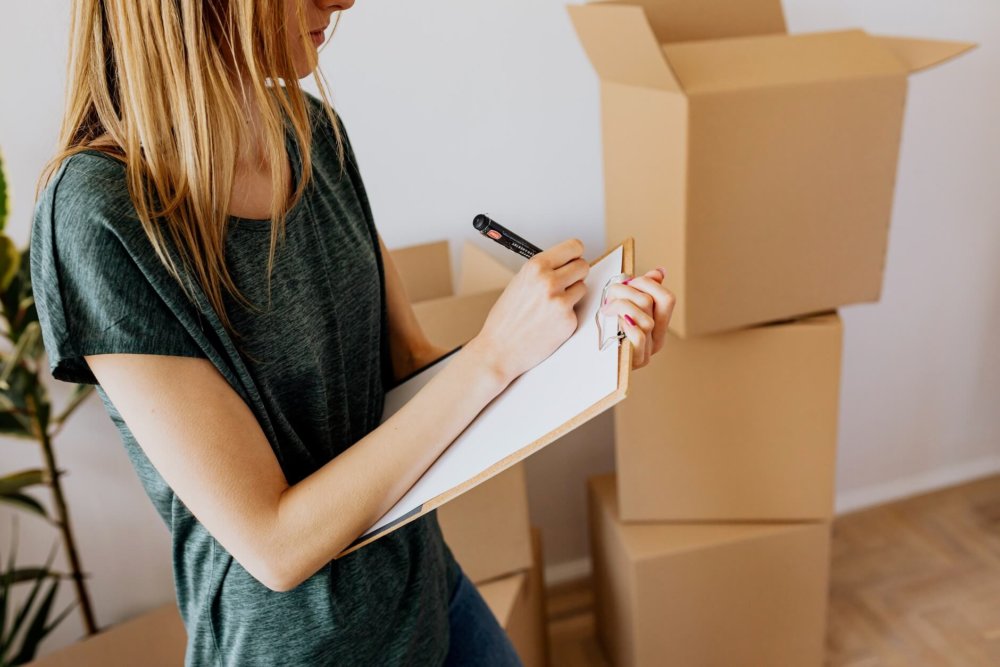
Clear the Space Before Beginning the Whole Boxing Up Process
Before diving into the packing and moving electronics phase, especially something as intricate as a coffee maker, choose an area with ample free space. A great place is a kitchen counter, where you can spread out all the components without overcrowding.
Having enough light to see what you’re doing clearly is vital, preventing mishandling or forgetting small parts. Make sure the space is clean and free of any liquids or food particles to avoid contaminating the machine and its parts during packing.
Additionally, having all the supplies and materials within arm’s reach in this prepped area will simplify the process. This preparation step is essential in setting the stage for an efficient packing experience.

Next Follow Step by Step Packing Guide
Learning how to pack and ship a coffee maker as it’s time to relocate requires meticulous planning and execution. Follow our instructions carefully, and you’ll make the unpacking process as satisfying as a sweet cappuccino.
Secure Any Fragile Components
If you’re wondering how to pack a coffee maker glass carafe for shipping, the key is in the preparation. Start by wrapping the main unit, carafe, and other accessories in bubble wrap, ensuring every piece is covered completely. Use packing tape to secure the bubble wrap, preventing it from unwrapping during transit.
Wrap the filter basket in soft packing paper first to prevent scratches. Add a layer of bubble wrap for additional cushioning. If possible, pack the filter basket in its own small box.
Next, wrap the water reservoir with foam sheets or inserts, as these provide good protection against bumps and drops. Coil the electrical cord neatly and secure it with a twist tie or rubber band. Wrap the coiled cord in bubble wrap, especially if it has a plug that could scratch other parts.
Add Cushioning to the Box and Place the Main Coffee Maker Component
Choosing the best-sized boxes is essential when you’re ready to move out for the first time. Begin by layering the bottom of the chosen box with a generous amount of cushioning material, such as bubble wrap.
Carefully position the appliance and its components inside the box. Check whether there is enough cushioning around each part. Fill any remaining voids with packing paper or more peanuts to prevent the contents from shifting.
Seal the Box and Check Whether Anything is Shifting Inside
After packing, it’s time to seal the box and prepare it for the relocation truck. Tape it securely, reinforcing the bottom and any seams to prevent it from opening or tearing under weight. Gently shake the box to check if anything is shifting inside; if you hear movement, open it back up and add more cushioning until everything is snug.
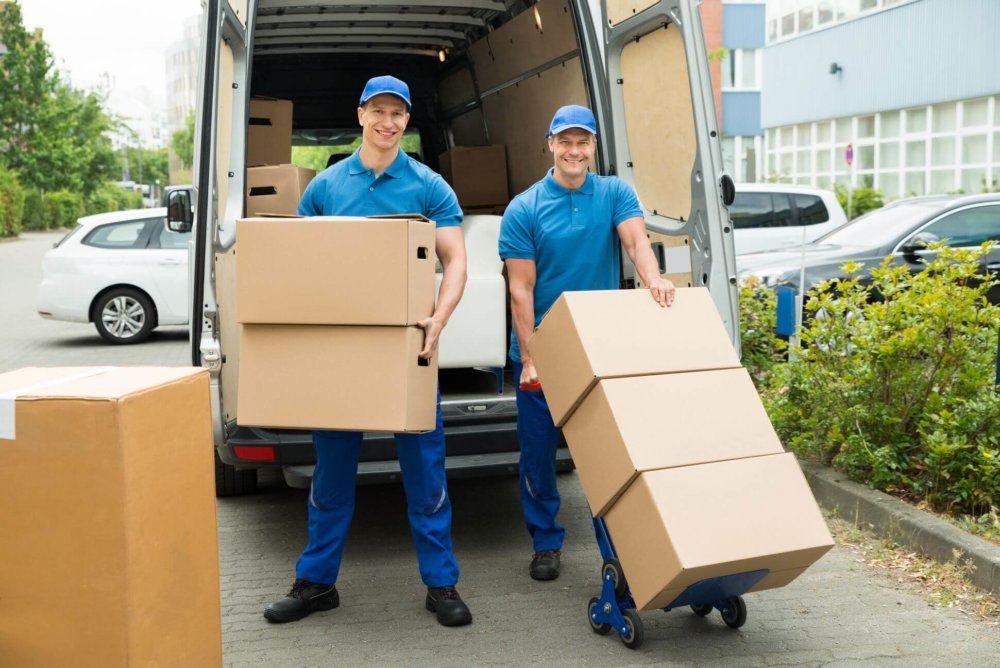
Use Labels to Indicate the Contents of the Box
Start by clearly writing “FRAGILE” on all sides of the box containing the coffee maker, using a bold, easy-to-read marker. Next, detail the contents inside by noting “Coffee Maker and Accessories,” which alerts movers from the moving and auto transport company.
It’s also helpful to include handling instructions such as “This Side Up” to prevent improper placement and potential damage. For added organization, consider using colored relocation labels to categorize boxes by room, making unpacking appliances after moving smoother.
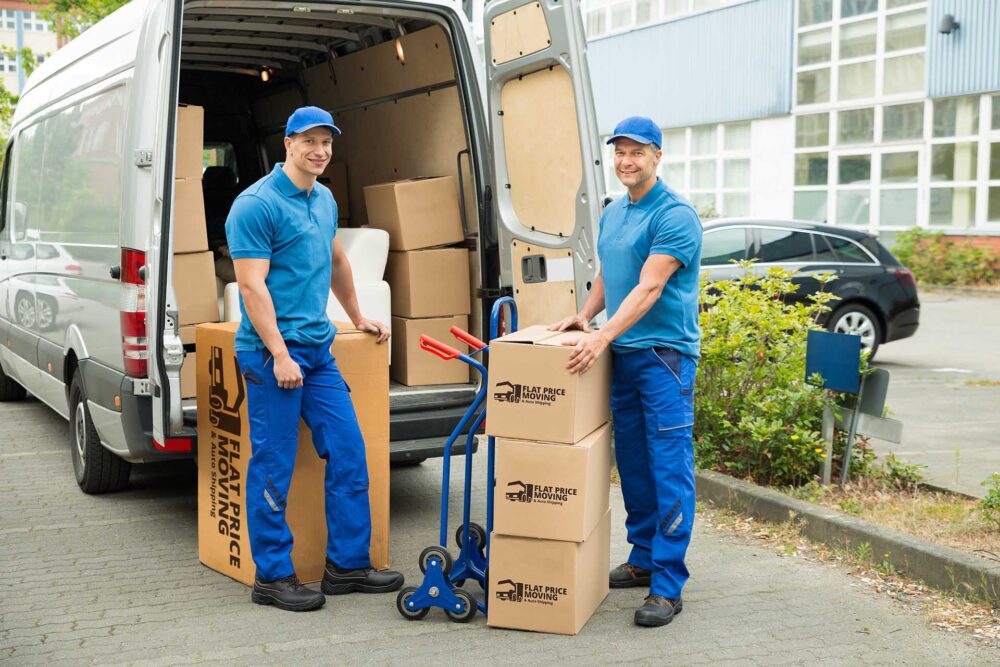
Use the Manual to Set up the Coffee Maker
The manual becomes an invaluable resource for setting up the machine correctly. It provides detailed instructions on assembly. Consulting the manual can also offer insights into any specific setup requirements or adjustments needed. Keeping the manual accessible throughout the whole process is advised for an efficient setup.
Reassemble the Machine Carefully
When reassembling the appliance, each part should be fitted together with precision, following the guidelines provided by the manufacturer. During this process, a thorough inspection for any signs of damage incurred during transit is crucial.
Should there be any discrepancies or damage noticed, it is essential to inform the long-distance moving company immediately. The company that immediately resolves any issues with customers is Flat Price Auto Transport and Moving. With us, you’re in safe hands.
Moving Services
Whether you are moving from New York to Los Angeles or from San Francisco to Chicago, we can help you.
Read moreAuto-Transport
If your first concern is having your vehicle transported safely and efficiently, enclose shipping is the way to go.
Read morePacking Services
Our moving teams are trained to pack your belongings in the most efficient manner possible.
Read moreEnjoy the First Post-Move Brew
The moment has arrived to see the cross-country movers off and then celebrate the success of the relocation. What better way to mark this milestone than with the aroma of a freshly brewed cup from the meticulously reassembled appliance? It symbolizes not just the start of a new chapter in a different home but also the triumph over the difficult task of relocating. This first cup, possibly slightly more satisfying than usual, serves as a reminder of an achievement.

Looking for Experts to Transport the Coffee Maker? Hire Our Long-Distance Movers
As the best long-distance moving company, we provide comprehensive long-distance moving services tailored to meet all your needs. We offer full or partial packing services designed to protect your most cherished items. Our expertise doesn’t end there.
We are also a car shipping company, making us your one-stop solution for moving requirements. Whether it’s a precious coffee maker or a vehicle, you can trust our professional handling and dedication to safety. If you’re in need of reliable and efficient moving services, contact Flat Price Auto Transport and Moving Company.
Frequently Asked Questions
How Do I Pack a Coffee Maker With a Glass Carafe?
To ensure a glass carafe is safely transported, first, clean and dry all parts. Next, wrap the carafe in bubble wrap or a thick, protective layer of foam. Finally, secure each piece in a sturdy box with ample cushioning material to prevent shifting.
Can I Use Towels or Clothes Instead of Bubble Wrap for Packing?
Towels and clothing can serve as substitutes for bubble wrap when securing delicate items. These fabrics provide a soft cushion that absorbs shocks. Make sure each item is completely covered and placed in a box with additional soft materials to fill gaps.
Should I Keep My Coffee Maker in Its Original Box for Moving?
Retaining the original box for an appliance offers the best fit and protection due to its custom inserts and padding. If accessible, place the appliance back in its box, surrounded by the original or additional cushioning, to ensure stability during transport.
How Do I Protect the Digital Screen on My Coffee Maker During a Move?
To protect a digital display, first, cover it with a screen protector or a thin layer of foam. Wrap the entire unit in bubble wrap, focusing on providing extra padding around the screen area. Securely place it in a box, ensuring the display faces inward, away from the box’s edges.
What Should I Do if I Find Damage After Unpacking My Coffee Maker?
Upon discovering damage after unboxing an appliance, document the condition with photographs. Contact the transport service to report the issue promptly. Review insurance or warranty options for repair or replacement.


